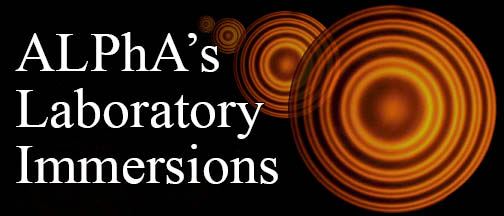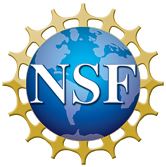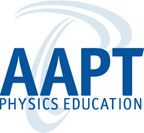- Home
- What We Do
- Laboratory Immersions
- Immersions 2021
- Imm2021Scranton_Interferometry
Interferometry is a versatile and rich tool, and this immersion gives a firm foundation in building interferometers of various topologies, and using interferometry to detect nanometer displacements or length changes. The basic Michelson interferometer, familiar from the sophomore lab, is the tip of the iceberg. The use of lasers and simple digital counters opens up wonderful possibilities. In this immersion we will assemble interferometers, and set up digital fringe counting. Then we will add an extra beamsplitter to get directional fringe counting, counting up or down depending on mirror motion (quadrature counting). From there we can explore a range of delightful possibilities, including measuring thermal expansion, measuring indices of refraction including of air, magnetostriction, and white light fringes.
The full system can be purchased for less than $18,000. Many schools with optics programs will have most of the components available and could reduce the cost. Participants should bring their own scientific calculators and some sort of data book.
Mentors: Declan Mulhall
Declan Mulhall received his Ph.D. from Michigan State University where he worked in theoretical nuclear physics at the National Superconducting Cyclotron Laboratory. After 2 years as a visiting assistant professor at CalPoly, San Luis Obispo, he joined the Physic/EE department at the University of Scranton. He has taught a wide range of courses, but became enamored of the upper division labs. Consequently his scholarship is moving from quantum chaos in the nucleus to developing upper division labs at his home department. He has revised the physics department’s curriculum to include laboratory courses in optics, electronics for physics, and an advanced lab. He has attended many Alpha immersions and has implemented most of the las in his home department. He is just off a sabbatical where he, amongst other things, and against his better judgement, home brewed a simple cwNMR apparatus.
Please note that the Jonathan F. Reichert Foundation has established a grant program
to help purchase apparatus used in Laboratory Immersions. Limitations
and exclusions apply, but generally speaking the Foundation may support
up to 40% of the cost of the required equipment.





